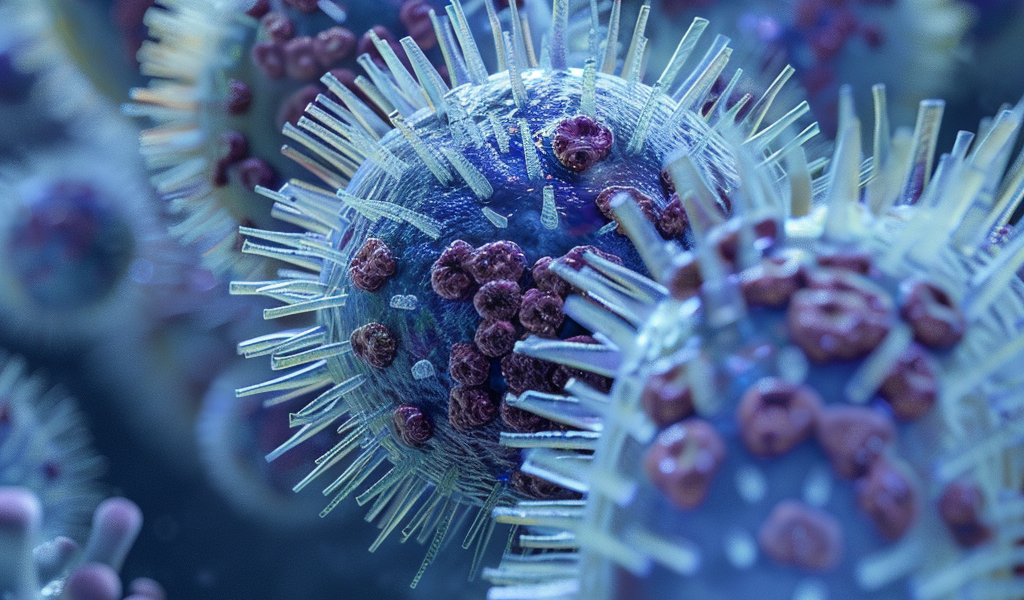Researchers have made a groundbreaking discovery with the isolation of a giant virus that infects the amoeboflagellate Naegleria, shedding light on the unique adaptations of this virus to its host. The study, published in Nature Communications, unveils the structure and infection cycle of the newly identified giant virus, Catovirus naegleriensis, also known as Naegleriavirus (NiV).
Giant viruses, classified under the Nucleocytoviricota phylum, are known for their significant lethality to various eukaryotic hosts. Despite their widespread presence suggested by metagenomics, only a few giant virus isolates have been identified in protist and algal hosts until now.
The amoeboflagellate Naegleria, which includes the human pathogen Naegleria fowleri responsible for primary amoebic meningoencephalitis, serves as the host for this newly discovered giant virus. Through a comprehensive analysis involving techniques such as fluorescence in situ hybridization, electron microscopy, genomics, and proteomics, the researchers have delved into the unique features of NiV and its interactions with Naegleria.
Notably, NiV, belonging to the subfamily Klosneuvirinae, is only the fourth isolate identified within this diverse group. The genome of NiV is characterized by a multitude of translation genes but lacks transfer RNAs (tRNAs). The virus has also acquired genes from its Naegleria host, including those encoding heat shock proteins and apoptosis inhibiting factors, suggesting specific adaptations for host interactions.
The study further reveals that NiV infection proved to be lethal for all Naegleria species tested, including the human pathogen N. fowleri. This discovery not only expands the understanding of giant viruses but also provides insights into the basic biology of the deadly human pathogen.
Viruses, despite being the most prevalent biological entities on Earth, have long been underestimated in size and complexity. The identification of giant viruses like NiV challenges previous notions, emphasizing the diversity and intricate nature of viral particles and genomes.





